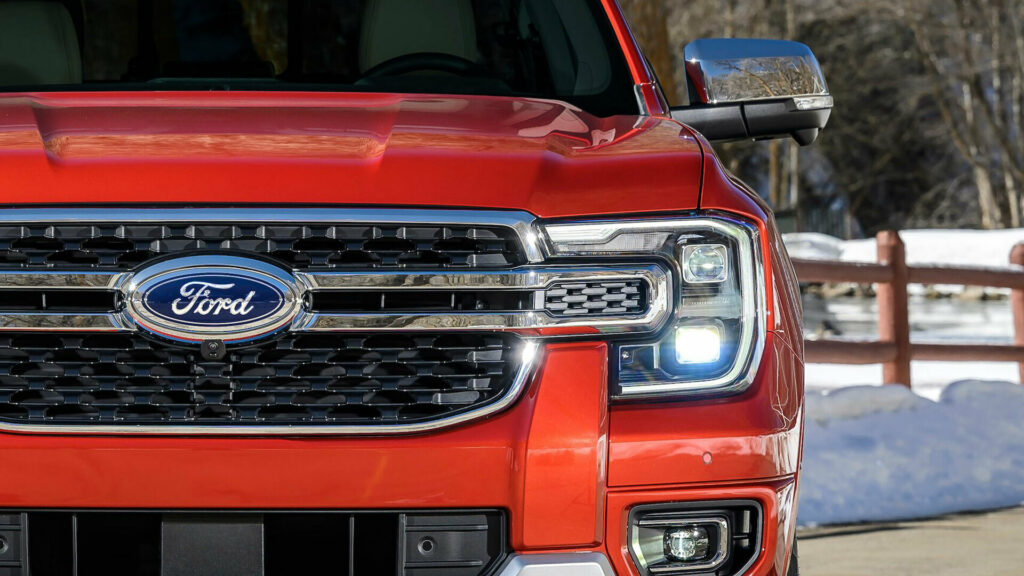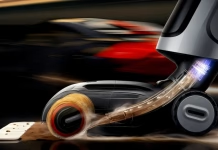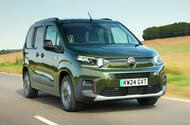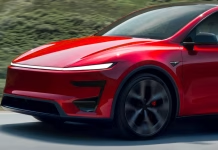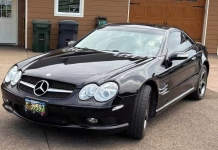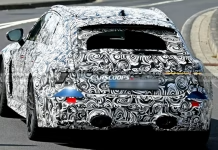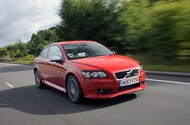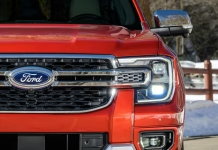NYC Traffic Chief Accused of Hit-and-Run and Cover-Up Scandal

Volvo V90 Bows Out as Brand Shifts Focus from Estates to Electric and SUVs
 Brand's largest and most luxurious estate will meet its end in the coming weeks
Brand's largest and most luxurious estate will meet its end in the coming weeks
Production of the Volvo V90 will end in September, the brand has confirmed to Autocar.
It said in a statement that the large estate’s demise was “in accordance” with its “global cycle plan”, with the related S90 saloon having been axed last year to make way for the electric ES90 liftback. That model is due in the UK early next year, but it remains to be seen whether it will spawn a traditional estate.
Asked at the ES90’s unveiling whether Volvo could ditch estates for good, then CEO Jim Rowan replied: “Yeah, because I think it’s changed, right? SUVs have changed with ride height.”
Rowan suggested that the ES90’s raised ride height means it has some crossover with SUVs. Moreover, its hatchback boot and 40:20:40-split rear seats give it similar functionality to an estate.
He added that the XC60 SUV could be repositioned to help fulfil the role of the V90: “Rather than bring a V90, for example, are we better to position [the XC60] in a slightly different way? We have the Black Edition, we have the Cross Country edition. So we then now have different editions of the same base car.”
Rowan’s replacement, Håkan Samuelsson, has yet to hint at any change in tack.
However, Volvo’s estates have proven their popularity in recent years: the V60 and V90 were removed from the UK line-up in 2023, but were reinstated in July 2024 due to popular demand.
Production of the smaller V60 will continue for the foreseeable and “UK customers will still be able to order this model”, according to Volvo UK. It added that buyers interested in the V90 should enquire about stock with itself or their local Volvo dealer.
From Vacuums to Velocity: Dreame Aims to Build the World’s Fastest Electric Hypercar
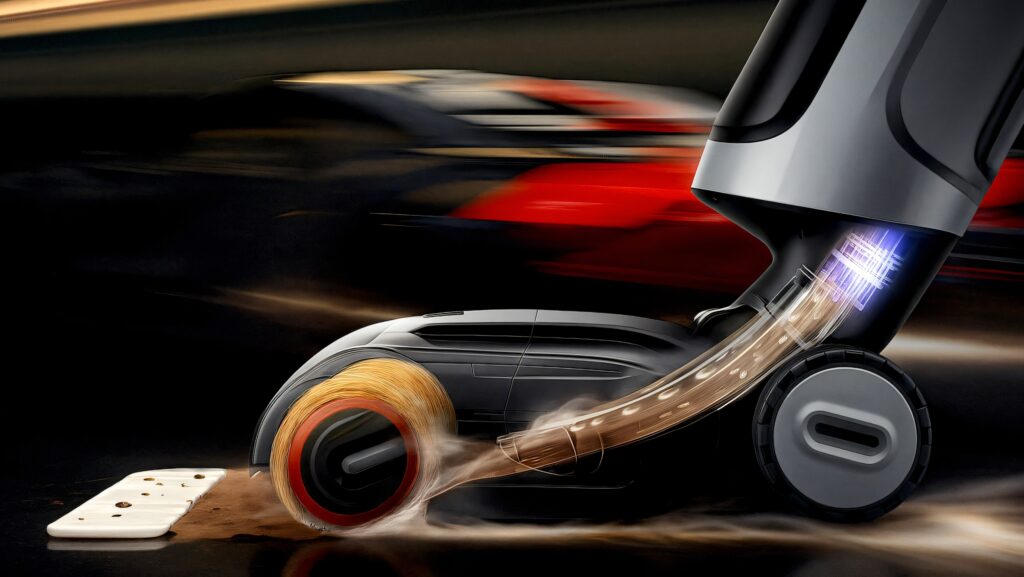
Citroen Brings Back Petrol and Diesel Engines for Berlingo and Spacetourer to Meet UK...
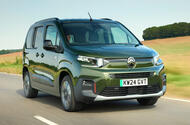 Petrol and diesel options return to the passenger-carrying vans, priced from £23,915 and £41,925
Petrol and diesel options return to the passenger-carrying vans, priced from £23,915 and £41,925
Citroën has reintroduced petrol and diesel engines for its Berlingo and Spacetourer MPVs in the UK.
The five-seat Berlingo M gets the option of a 108bhp three-cylinder petrol with a six-speed manual gearbox.
Both the Berlingo M and the seven-seat Berlingo XL get a 99bhp four-cylinder diesel with a six-speed manual and a 128bp diesel with an eight-speed automatic.
Prices for the ICE Berlingos range from £23,915 for the entry-level petrol M to £29,780 for a 128bhp diesel M in Max trim. The most expensive XL, fitted with the punchier diesel, is £28,015.
The electric ë-Berlingo, with a 134bhp front-mounted motor and an official range of 212 miles (in M form), remains in the line-up, priced from £31,240.
Citroën had reintroduced ICE options to the Berlingo range back in 2023, due to customer demand, but in LCV form with a fixed mesh behind the rear seats.
The Dispatch-derived Spacetourer, which can be had with up to nine seats, gains a 178bhp diesel four paired with an eight-speed automatic.
This is priced from £41,925 in entry-level M form, rising to £48,150 for the top-of-the-line XL.
The ë-Spacetourer, with the same motor as its ë-Berlingo counterpart and a larger battery yielding 215 miles of range, is priced from £36,995.
“These vehicles play an important role for families and businesses alike, and the flexibility of efficient combustion engines with the practicality of electric options ensures there’s a Citroën solution for every need,” said Citroën UK MD Greg Taylor.
The new Spacetourers will be available from this autumn, while the Berlingos will arrive before the end of the year.
Tesla Model Y Performance Unleashed: Supercar Speed Meets Everyday Versatility
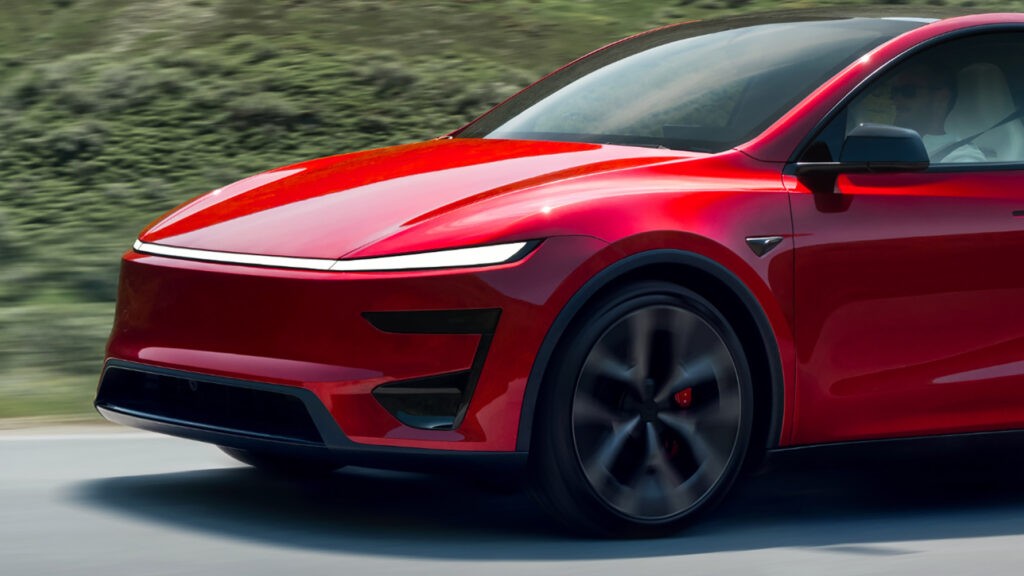
Unleash Power with This RENNTech-Tuned 2005 Mercedes SL600 Packing 635 Horsepower
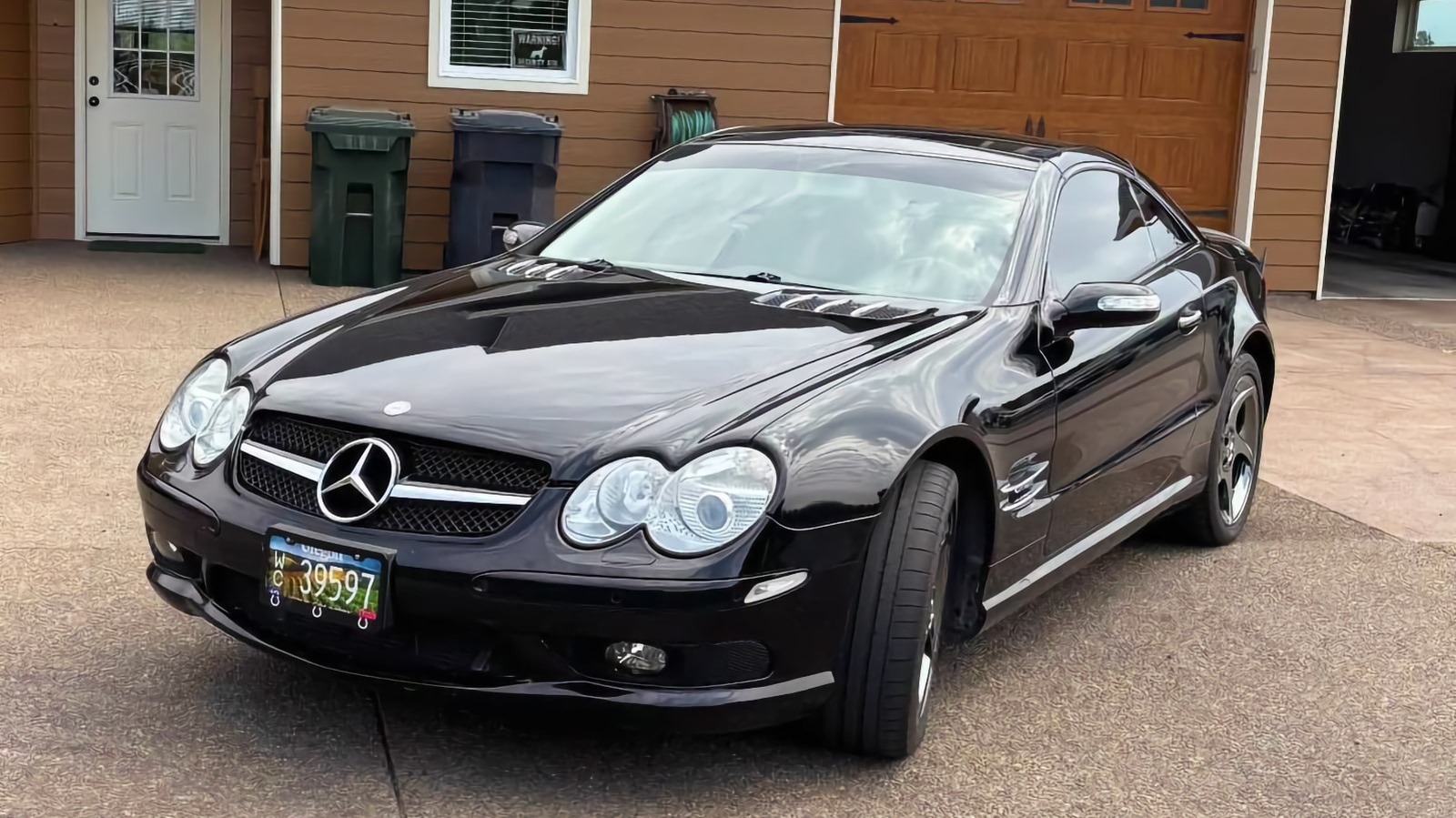
2027 Audi RS6 Avant Spied With Aggressive Design and Over 700 HP Plug-In Power

The Most Miserable Cars to Start and End Your Workday
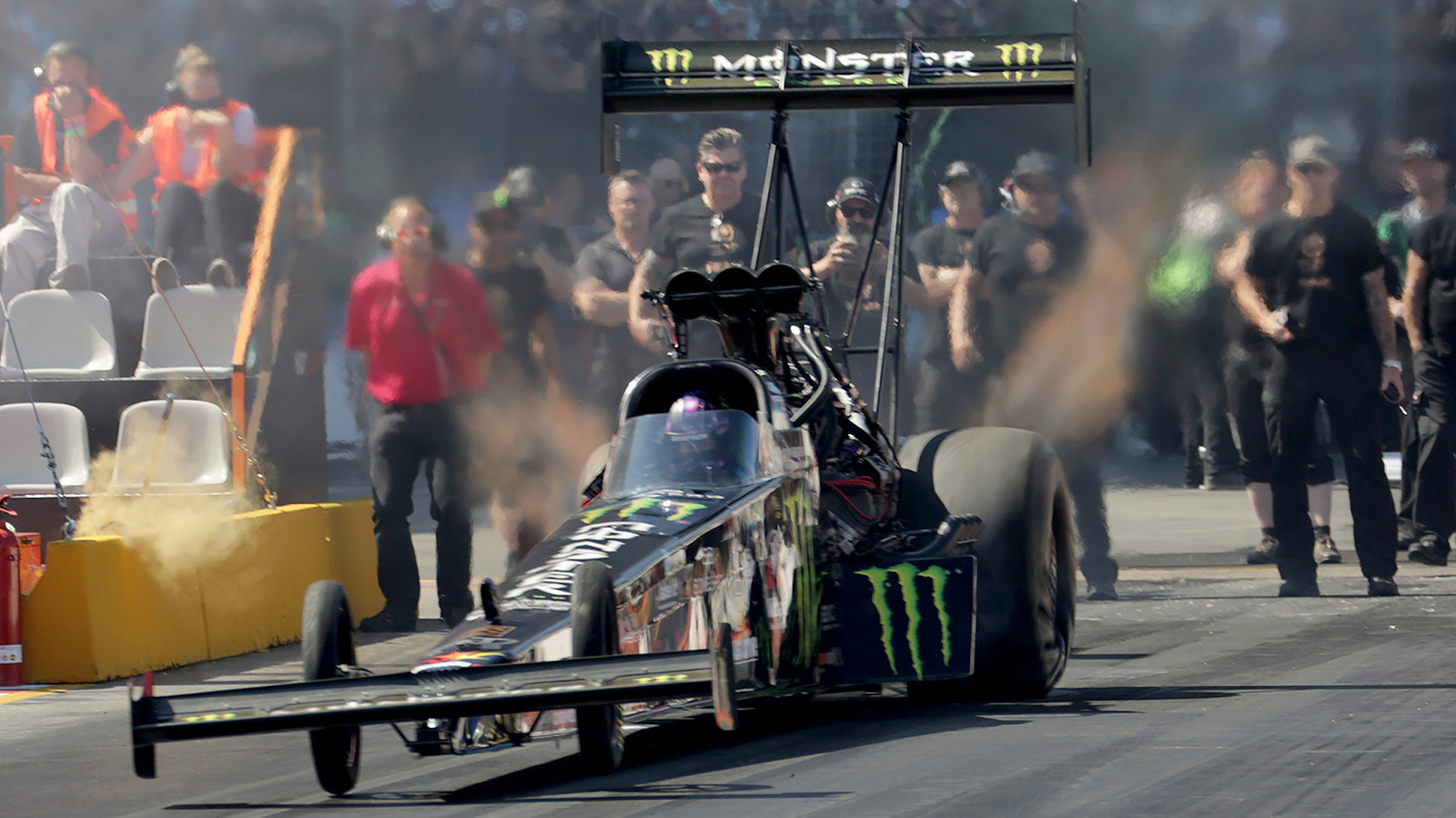
Why the Volvo C30 Is a Stylish Bargain With Surprising Flaws for Used Car...
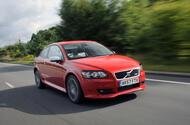 Volvo's sophisticated coupe was flawed when new. But with used prices starting from less than £2500...
Volvo's sophisticated coupe was flawed when new. But with used prices starting from less than £2500...
“I should try the 1.6 diesel if I were you.” The words were the Volvo PR man’s, and were slightly disappointing to hear given that this was seemingly the least exciting version in the C30 range.
But the truth was already out, and our pragmatic PR knew it. He’d driven them all, and the 1.6D had the best chassis, because it had the most pliant suspension. What was the truth? That despite borrowing heavily from the parts inventory of the best small family hatchback on the planet, this Volvo was very far from being the world’s best small four-seater coupé.
It was baffling, really. Volvo was part of the Ford empire at the time, specifically the Premier Automotive Group if you remember that (Aston Martin, Jaguar, Land Rover, Lincoln and Volvo were its components, from 1999 to its final 2010 dismembering) and it was able to use the Ford Focus as the basis for this small and classy coupé. Which meant that, potentially, it could build on the best small hatchback chassis in the business and a decent array of engines. But only potentially.
The wasting of some of this potential would only emerge when the wrong kinds of bump and bend spoiled Volvo’s day. Before that, we could all get excited about the C30’s slightly offbeat design, a tailgate entirely of glass, a long, tapering roof, high-stacked taillights, a wedge of side windows and a neatly thrusting nose among the highlights. True, to the uninitiated it looked much the same as a three-door hatchback, but if its pertly distinctive rear end and wheel-arch extensions didn’t disabuse you of that notion, the roundly unhelpful tailgate opening, small boot and limited rear head room certainly would. All of these drawbacks are typical of coupés, of course – these are the sacrifices that must usually be made for that style.
The C30 was following a lineage of small, practical Volvo coupés stretching back to the P1800 ES, a shooting brake version of the pretty P1800 coupé. That had four slightly confined seats and a frameless glass tailgate, as did the 1987 480ES, which the C30 replaced after an 11-year pause. It was keenly anticipated, Volvo first hinting at the C30 with the 2001 SCC concept in 2001. A year later, Volvo committed to a production version, although it took six years to emerge. By that time, the keen – in the UK, at least – wanted the C30 now. And that meant Right Now. But many were thwarted by supply problems, losing the C30 that vital early sales momentum.
Despite this, Volvo’s smallest just outsold the 480 ES over its seven-year life, finding well over 22,000 UK buyers. Apart from its subtly distinctive styling, C30 buyers also got an interior of unusually clean sculpture, the smooth escarpment of the upper dash a contrast to an aluminium centre console thin enough for stuff to be stored behind it. You could add excitement to your journey, possibly dangerous, as you furtled under the dash trying to find something you thought you might have left there but couldn’t quite see. Storage apart, the C30’s cabin was a very rational, finely finished space that was just a little dull unless you ordered the optional orange upholstery, this hue also available for the exterior.
Real fire was added when the C30 was offered as a T5 2.5 turbo, initially with 217bhp and a year later with 227bhp. This five-cylinder engine would also power the Focus ST, a car that perfectly demonstrated the intangible ingredients that made the Ford fun and the Volvo merely fast. Volvo’s retune of the Focus chassis upset the fine ride and handling balance Ford had carefully achieved, the C30’s suspension losing as much in finesse as it gained in unyielding stiffness. Perhaps that extra stiffness was needed to avoid moose on remote Nordic tracks, but, whatever the reason, it spoiled not only the car’s ride but also its scope for serving enjoyable agility.
It was a baffling lost opportunity, this same backwards step undermining the more commercially important S and V30 that were the C30’s blood brothers. Limited editions and a facelift followed, a Polestar special offering 250bhp to 250 US customers. More appropriately given the C30’s mild nature, there was a DRIVe economy version, and a prototype electric model too, some 50 of these field-tested in Sweden. But the most agreeable version of this unexcitingly agreeable car was that 1.6 diesel, whose extra torque and more supple ride unexpectedly provided the C30 with the polish it deserved.
Ford Recalls Over 314,000 Vehicles for Airbag and Electrical Failures
